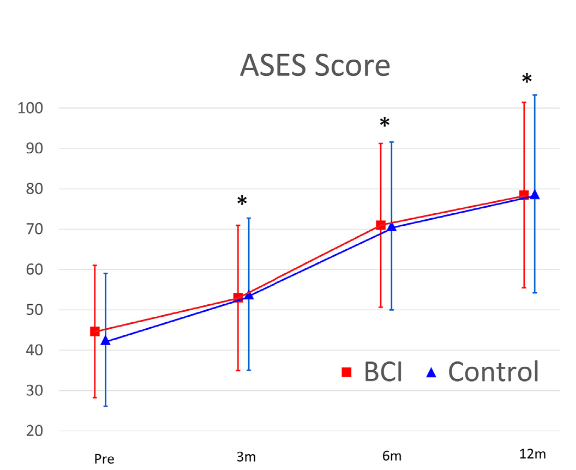Recently the AAOS updated its clinical practice guidelines, including those for the management of rotator cuff injuries.The 2025 CPG contains a strong recommendation for the use of bioinductive implants during rotator cuff repair, as it may reduce the chances of retear and improve patient-reported outcomes.
Let’s take a look at the two papers quoted as support for this recommendation
Both of studies used Regeneten, a patch made of purified type I collagen derived from bovine (cow) Achilles Tendon marketed by Smith and Nephew. The authors of both studies acknowledged support from the company.
The first study compared transosseous equivalent (TOE) repairs of medium to large cuff tears randomized at surgery after the TOE repair to repair alone or to TOE repair with a bovine collage patch placed over the repaired
tendon, stretching 5- to 10-mm lateral to the footprint,
and fixed to the tendon with 5-8 absorbable anchors
and to the bone with 1 to 3 PEEK (polyether ether
ketone) anchors. In the Control
group, there were 16 retears in 62 subjects (25.8%); in
the bovine collage patch group, there were 5 retears in 60 subjects (8.33%).While the retear rate was lower in the bovine collage patch group, up to a year after surgery there were no differences in the ASES scores between the two groups.
In the second study patients with small/medium (2.5 cm) full thickness supraspinatus tears and intact rotator cable were randomized to arthroscopic transosseous-equivalent repair or debridement after which the bovine collage patch was placed on top
of the tear, overlapping the bone-tendon junction. The patch was secured with tendon anchors and 2 bone anchors. No structural tendon repair was carried out.
Measured via a 6-month biopsy, highly organized, parallel bundles of collagen, without
inflammation, were present in all bovine collage patch patients, whereas poorly organized, nonparallel collagen fibers were present in 24/30 (80%) of
control patients, with 28/30 having minimal to mild inflammation. All bovine collage patch patients had
100% healing on MRI at 12 and 24 months measured as gap fill-in; the gap fill-in for the controls was not reported. The bovine collage patch group returned to work significantly faster (median 90 days vs. median 163.5 days) than the control group.
Compared with the control group, the bovine collage patch group had higher American Shoulder and Elbow
Surgeons and Constant-Murley Shoulder scores at each evaluation, less pain at 6 and 12 months, and greater satisfaction at 12 and
24 months.
At two years after surgery, the ASES scores for the bovine collage patch and Control were 88 and 80; for the Constant Scores were 88 and 78. In each group, both measures were improved by 100% of the minimal clinically important difference (MCID).

Here are a few other recent articles relating to the use of Regenetin in rotator cuff surgery. These articles were not mentioned in the “current practice guidelines”
Resorbable Bioinductive Collagen Implant Is Cost Effective in the Treatment of Rotator Cuff Tears Average cost of treatment $32,213 without Regeneten, $54,459 with Regeneten (additional cost 69%). Did not assess patient reported outcomes or revision rates for patients without or with the patch. While using “healing” as the study endpoint, the authors point out that there is lack of agreement on what constitutes healing or retearing after a cuff repair based on magnetic resonance imaging, ultrasound, or arthrogram. Evidence was not presented that “healing” by imaging correlated with better clinical outcomes .
Increased stiffness and reoperation rate in partial rotator cuff repairs treated with a bovine patch: a propensity-matched trial found that postoperative stiffness was observed in the first 12 weeks in 8 of 32 patients in the patch group compared with 1 of 32 patients in the control group. Six patients in the patch group underwent reoperations compared with no patients in the control group. All 6 reoperations in the patch group were performed to address stiffness. The authors concluded that patients in the patch group had a significantly higher rate of postoperative stiffness. In the majority of patients in whom shoulder stiffness developed, reoperation was required. It seems possible that this stiffness may be related to overstuffing the subacromial space by the graft as well as associated scarring in the humeroscapular motion interface.
A report of revision because of bursitis and rice bodies in a Regeneten-treated cuff repair.
Comment: The use of “biologics” in rotator cuff surgery is of interest clinically, scientifically, and economically. From what has been reported, bovine collagen patches can enhance the healing of certain cuff tears. However, their impact on the outcomes perceived by the patient (patient reported outcomes, PROs) appears to vary according to the type of tear being treated. The best results seem to be for small tears with an intact rotator cuff cable. The value to patients with other tear types has yet to be rigorously evaluated.
Thus, the clearest patient-perceived value is in carefully selected small/medium tears with an intact rotator cable; the broader value proposition (medium–large repairs, partial tears) still needs longer-term PROs, complication surveillance, and transparent cost-effectiveness that includes PROs, not just imaging.
Thinking through the options

Western Bluebirds
Orcas Island
2021

